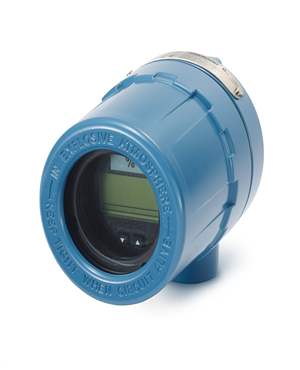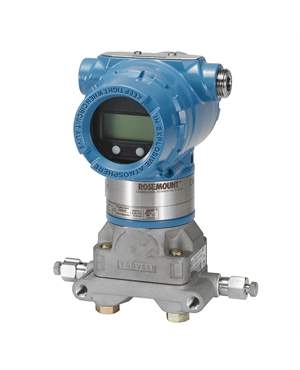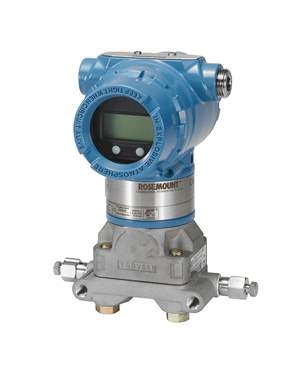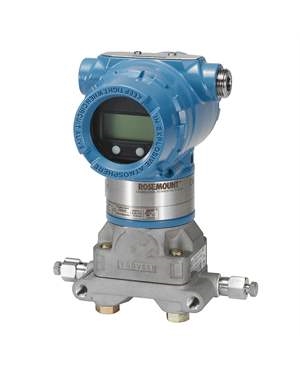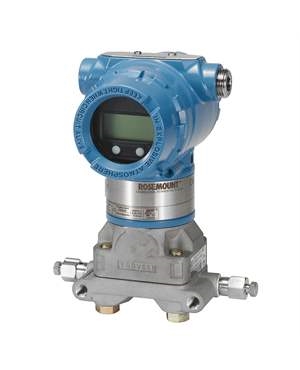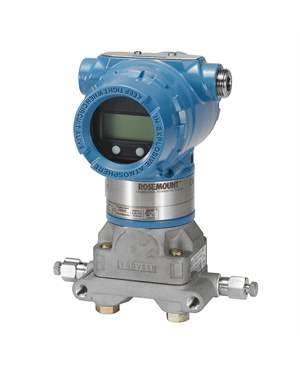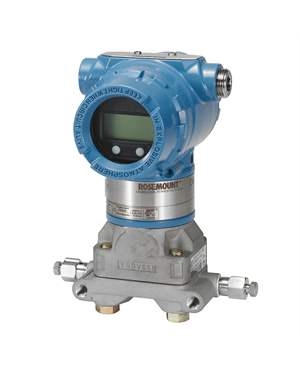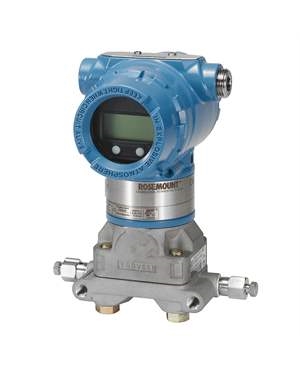How Can Greenhouse Gas Emissions Be Reduced?
Brian Craig
April 30, 2024
Reducing greenhouse gas emissions is a cornerstone of combating climate change and minimizing its harmful effects. These emissions mainly carbon dioxide, methane, and nitrous oxide drive global warming, contribute to rising sea levels, and increase the frequency and severity of extreme weather events. To address this critical issue and move toward a more sustainable future, it's essential to employ a multi-pronged strategy.
A gas monitoring system is a critical tool for detecting, measuring, and managing gas emissions, especially those that contribute to greenhouse gas (GHG) accumulation in the atmosphere. These systems play a pivotal role in reducing greenhouse gas emissions by enabling businesses and organizations to identify, quantify, and control gas leaks, emissions, and other sources of pollution.
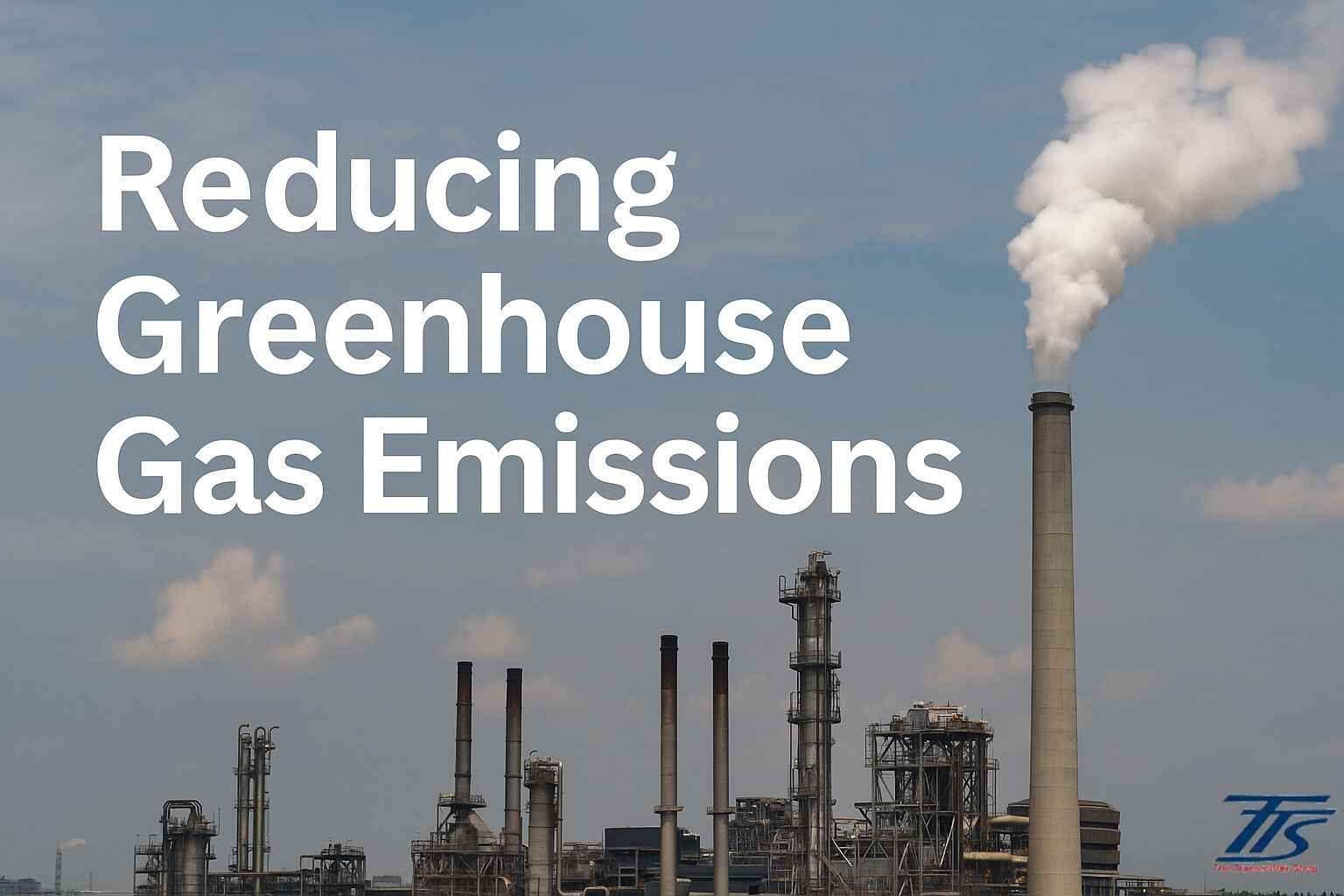
Why Continuous Monitoring Is Essential for Emission Control
Reducing greenhouse gas (GHG) emissions begins with accurate measurement. Industrial facilities often produce carbon dioxide (CO₂), methane (CH₄), and nitrous oxide (N₂O) during production, refining, or combustion processes. Without real-time monitoring, even small leaks or inefficiencies can go undetected for long periods, leading to significant environmental and financial impact.
Continuous monitoring systems provide immediate visibility into emission sources and fluctuations. By collecting real-time data, engineers can identify deviations, pinpoint leaks, and take corrective action before emissions exceed regulatory limits. This approach not only ensures compliance with environmental standards such as the EPA Greenhouse Gas Reporting Program and ISO 14064, but also minimizes energy waste and enhances plant efficiency.
In modern facilities, digital monitoring technologies especially smart pressure, flow, and temperature transmitters enable operators to track emissions precisely and implement predictive maintenance strategies that further reduce unplanned releases
Reducing Greenhouse Gas Emissions with Gas Monitoring System
Here's how gas monitoring systems contribute to reducing GHG emissions:
- Early Detection of Leaks
Gas monitoring systems can detect leaks in industrial facilities, pipelines, and storage units. By identifying leaks early, businesses can take prompt action to fix them, preventing significant emissions of methane, carbon dioxide, or other GHGs.
- Compliance with Regulations
Many countries have regulations and standards for controlling GHG emissions. Gas monitoring systems help businesses ensure compliance with these regulations by providing accurate data on their emissions. Compliance not only avoids legal penalties but also contributes to overall GHG reduction goals.
- Optimization of Industrial Processes
Gas monitoring systems provide real-time data on emissions, allowing businesses to optimize their processes to minimize GHG production. For example, by monitoring combustion efficiency in industrial settings, companies can adjust their operations to reduce carbon dioxide and other emissions.
- Enhanced Safety
In addition to environmental benefits, gas monitoring systems improve workplace safety by detecting hazardous gas leaks that could lead to explosions or health risks. This focus on safety indirectly reduces GHG emissions by avoiding incidents that might release large quantities of gases into the atmosphere.
- Data-Driven Decision-Making
The data collected by gas monitoring systems can be analyzed to identify trends and patterns in emissions. This information can guide businesses in making data-driven decisions to reduce their carbon footprint, such as investing in cleaner technologies or changing operational practices.
- Supporting Carbon Capture and Storage (CCS)
Gas monitoring systems are instrumental in carbon capture and storage (CCS) projects, ensuring that captured carbon dioxide is safely stored without leakage. By monitoring CO2 levels, these systems contribute to reducing overall emissions.
- Facilitating Sustainability Reporting
Companies that monitor their emissions can provide accurate data in sustainability reports, demonstrating their commitment to reducing GHG emissions. This transparency can drive further improvements and attract environmentally conscious investors and customers.
- Promoting Continuous Improvement
Gas monitoring systems enable organizations to set benchmarks and track progress toward emission reduction goals. This continuous monitoring allows for ongoing improvements, encouraging companies to adopt greener practices and technologies over time.
Investing in gas monitoring systems can provide valuable data for reducing greenhouse gas emissions. These systems are essential for regulatory compliance and can help organizations set emission reduction goals and measure progress.
At The Transmitter Shop (TTS) is a distributor of superior quality remanufactured industrial instruments like including wire gas monitoring systems and wireless gas monitoring systems, sensors/detectors, and more from reputed brands such as Otis, E2S and Rosemount and so on.
Industry Applications: Where Emission Reduction Matters Most
Emission control is a universal goal, but some industries face stricter regulations and higher risks due to process complexity.
-
Oil and Gas
Upstream, midstream, and downstream operations use transmitters to monitor gas flaring, compressor stations, and leak points in pipelines. Detecting methane leaks early helps companies comply with EPA and global methane reduction initiatives.
-
Power Generation
In fossil-fuel plants, transmitters ensure optimal combustion and boiler efficiency. Monitoring flue gas composition helps lower CO₂ output and improve energy utilization.
-
Chemical and Petrochemical
Reactors and distillation columns rely on precise pressure and temperature control. Instruments minimize unreacted gases and venting, leading to cleaner operations and compliance with emission caps.
-
Water and Wastewater Treatment
Aeration and sludge digestion processes release methane and nitrous oxide. Flow and pressure transmitters allow optimized aeration cycles, significantly reducing off-gas emissions.
-
Pulp and Paper
Transmitters regulate steam usage, boiler performance, and recovery furnace operations, minimizing both CO₂ and sulfur-based emissions.
Across these industries, advanced monitoring ensures consistent environmental performance while maintaining operational efficiency.
How Advanced Pressure and Flow Transmitters Help Detect Leaks Early
Undetected leaks contribute significantly to both safety risks and greenhouse gas emissions. Methane, for example, accounts for about 16% of global emissions, and nearly one-third of that originates from industrial and energy-related leaks.
Modern pressure and flow transmitters play a pivotal role in early detection. These instruments continuously compare expected flow or pressure values against actual readings. Even slight discrepancies trigger alerts, prompting maintenance teams to inspect pipelines or joints before leaks escalate.
- Pressure Transmitters: Detect small drops or fluctuations that indicate loss of containment in pressurized systems.
- Flow Transmitters: Monitor abnormal reductions in flow rate caused by leaks or restrictions in the pipeline.
- Differential Pressure Transmitters: Identify subtle pressure gradients that point to partial obstructions or developing leak points.
By integrating these transmitters into a SCADA or DCS network, facilities gain 24/7 surveillance over critical assets. Early detection means fewer emissions, reduced safety incidents, and measurable cost savings from product recovery.
How The Transmitter Shop (TTS) Supports Sustainable Operations
The Transmitter Shop (TTS) helps industries enhance their sustainability efforts through reliable and cost-effective measurement solutions. With decades of experience in remanufacturing, repairing, and calibrating process instrumentation, TTS ensures that each device performs with precision and reliability key factors in emission reduction.
TTS supplies a comprehensive range of remanufactured and new-surplus pressure, flow, and temperature transmitters from trusted global manufacturers such as Fisher, Foxboro, Rosemount, and Vega. Every transmitter undergoes rigorous inspection, calibration, and testing to ensure consistent, long-term performance.
By choosing remanufactured instrumentation, companies also contribute to environmental sustainability. Each remanufactured unit conserves raw materials, reduces waste, and minimizes the carbon footprint associated with new equipment manufacturing all while delivering dependable results in emission control and process optimization.
With expert technical support, fast turnaround times, and proven field reliability, TTS is a valuable partner for industries pursuing cleaner, greener operations.
Conclusion
Reducing greenhouse gas emissions requires more than policy it requires precision. From continuous monitoring and leak detection to optimized process control, advanced instrumentation plays a crucial role in the transition toward sustainable industry.
By adopting accurate and well-maintained transmitters, facilities can reduce emissions, increase efficiency, and meet global environmental targets. As industries modernize, reliable partners like The Transmitter Shop continue to provide the expertise and technology necessary to make emission reduction both achievable and economically viable.
The future of industrial sustainability is data-driven, measurable, and efficient and it starts with the right instrumentation.
Frequently Asked Questions (FAQs)
-
How do transmitters help reduce greenhouse gas emissions?
Transmitters measure pressure, flow, and temperature in real time, allowing operators to identify inefficiencies, leaks, or irregularities that contribute to emissions. This data enables faster corrections and optimized operations.
-
What gases are most commonly monitored in industrial emission systems?
The main gases include carbon dioxide (CO₂), methane (CH₄), nitrous oxide (N₂O), and volatile organic compounds (VOCs). Specialized transmitters and analyzers track these gases to ensure compliance and safety.
-
Can remanufactured transmitters be used for emission monitoring?
Yes. Remanufactured transmitters rebuilt and tested by qualified technicians perform with the same precision and reliability as new units, making them ideal for emission control applications.
-
How often should pressure and flow transmitters be calibrated?
Calibration frequency depends on process conditions and industry standards, but annual or semi-annual calibration is recommended for accurate and consistent data.
-
What is the biggest benefit of implementing continuous monitoring?
Continuous monitoring provides instant visibility into process changes, allowing early intervention, preventing gas leaks, and reducing the overall carbon footprint of industrial operations.
Related Posts
- Important Calibration Tips for Pressure Sensors
- What is RTD Sensor and How Does it Work?
- What is a Thermocouple and How Does It Work?
- Why Platinum is a Preferred Choice in RTD Sensors?
- How to Choose the Right Exhaust Gas Temperature Sensor for Your Engine
- Role of Sensors in the Food Processing Plant
- How Can Greenhouse Gas Emissions Be Reduced?
- Understanding Electrochemical Detection: Principles, Techniques and Environmental Application
- Furnace Flame Sensor Faults: Everything You Need to Know for Safe Operation
- Complete Hydrogen Gas Safety and Measurement Solutions
- Key Sensors for Monitoring Emissions in Wet and Dry Scrubber Systems
- What is a Mass Flow Meter? Working Principles and Key Benefits
- Electromagnetic Flow Sensors for Abrasive and Corrosive Fluids
- Pressure Sensing Sensor Modes of Measurement: Key Differences and Benefits
- Flow Measurement Challenges in Subsea Operations
- Pressure Sensing Sensor Modes of Measurement Key Differences and Benefits
- Electromagnetic Flow Sensors for Abrasive and Corrosive Fluids
- Mass Flow Meters and Their Working Principles
- Best Explosion Proof Switches for Hazardous Environments
- Best Explosion Proof Switches for Hazardous Environments
- Furnace Flame Sensor Faults Everything You Need to Know for Safe Operation
- Pneumatic Pressure Controllers: A Safe Choice for Hazardous Areas
- A Practical Guide to Vacuum Measurement and Operation
- Understanding Electrochemical Detection: Principles, Techniques and Environmental Application
QUICK ENQUIRY
